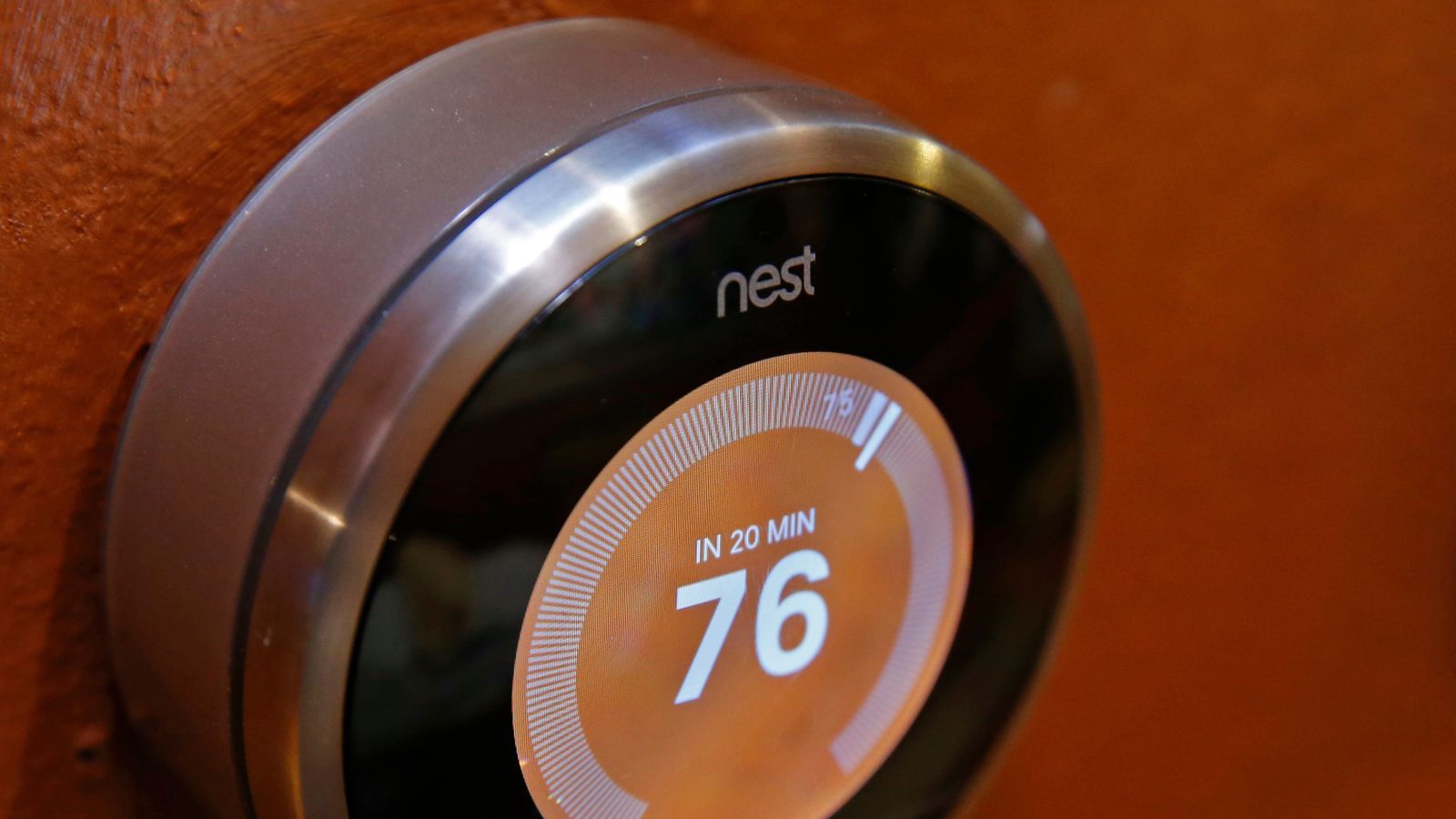
IoT Can Help Women Regain Home Security
For as long as there has been crime and criminals, people have been inventing ways to be free from theft or physical harm. It has long been a world where in order to survive, it once was vital to build walls and moats, or to develop the biggest, fastest gun, or drop the most powerful bomb. Those were real world problems that were solved with real world tools. When I say real world, I mean the actual day-to-day world in which we all operate in.
That world of reality that was turned on its head when the movies like Tron or the series The Matrix came along. Now there was the idea that we could exist as real humans in a virtual world. It is still a widely popular and powerful driving force behind todays current story telling. Tales of robots that can think and are capable of moving back and forth between dimensions is in a popular video game. Or, projecting our lives into computer algorithms at will are stories commonly found in today popular culture. Though some of these shows or scripts are mostly fantastical in nature and not likely to threaten any of us today, by combining the tech of smart houses, smart machines and the internet, we have reached a point where real life interacts with and is affected by the internet and the universe of algorithms. We have very much become part of a virtual world
This also provides a new universe for crime to take place. Mixing reality and virtual reality can be very dangerous and very expensive, especially for victims of domestic violence.
Internet-connected devices are oftentimes marketed as a cheap and easy way to wield more control over your home. But according to accounts from a number of victims, mostly women, these devices also help domestic abusers cheaply and easily establish power over their partners. UCL’s resource list is a crucial toolkit for those aiming to reestablish freedom from abusive partners, and the material included proves that a major step toward that liberation is digital literacy and secure and trustworthy support online.
Last month, The New York Times published a report detailing ways in which domestic abusers have weoponized smart home technology, exploiting devices such as internet-connected doorbells, speakers, and thermostats to harass their partners. This month, a research team at University College London published a resource list for victims of domestic abuse, specifically through the exploitation of the internet of things. The list was put together by the university’s Gender and Internet of Things (G-IoT) team with help from the London Violence Against Women and Girls (VAWG) Consortium, Privacy International, and the PETRAS IoT Research Hub. The authors note that while the resource list was created this month, it will be regularly updated.
The six-page document lists a number of tools and organizations that are intended to both inform victims on the IoT landscape as well as how to deal with technology that someone might use to target them. Melissa Gregg, a research director at Intel, told the New York Times that men predominantly install smart home devices, signaling a potential gap in knowledge on how this technology works from the get-go. But UCL’s resource list aims to combat any proficiency discrepancies, giving victims the information they need not only to understand how smart homes work, but to understand how they are vulnerable to bad actors.
Some of the resources listed include Technology Safety, a blog dedicated to “technology, privacy, and safety in the context of intimate partner violence, sexual assault, and violence against women.” It also includes DIY Cybersecurity for Domestic Violence, an online guide developed by grassroots organization HACK*BLOSSOM which offers victims “accessible and empathetic” suggestions to regain autonomy over their digital privacy.
Another resource featured in the list is Access Now, a digital rights nonprofit with a 24/7 digital security hotline. In the New York Times report from June, people who work at abuse helplines reported an uptick in calls in the last year regarding the loss of control over their smart homes.
Almost daily in any part of the U.S. you can turn on a newscast that is reporting on how far some people will go to spy on their exes or even complete strangers. And in other reports we hear how some criminally minded individuals will keep the passwords to the smart house and the products inside it.
If they sold to an inexperienced buyer, the crook will then proceed to spy on them until their crime is discovered. You must be aware of this new layer of security and insecurity, that should be understood and then put in place, at both your home and office to truly feel secure.
You might also be interested in: https://gizmodo.com/the-house-that-spied-on-me-1822429852







Leave A Comment